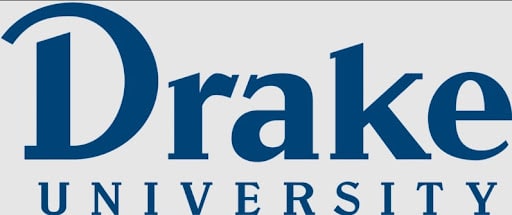Iowa’s GDP declines in Q1, economist warns of increasing risk of recession

Iowa’s gross domestic product declined in the first quarter of 2022, following suit with declines in most states and the nation as a whole, leading an Iowa State University economist to forecast the country is at a greater risk of falling into a recession now than in recent months.
The first-quarter results, released Thursday by the U.S. Commerce Department’s Bureau of Economics Analysis, showed that Iowa’s GDP fell 1.3%, with nondurable goods manufacturing, wholesale and retail trade, and transportation and warehousing seeing the biggest declines. Finance and insurance also declined 1.09%. It was the third straight quarter that Iowa’s GDP declined.
Peter Orazem, a professor of economics at Iowa State University, also noted that the federal government revised consumer spending numbers downward a couple of percentage points on Thursday, and connected that and the GDP report to high inflation.
“It appears inflation is beginning to eat into the surge in consumer spending, and here in Iowa that means some of that non-bricks-and-mortar retail, that had been an area that we had been expanding, but retail trade also dropped off, and Iowa had actually done relatively well in retail trade in 2021.”
Orazem said the drop in nondurable goods manufacturing is likely linked to the ongoing labor shortage, which is resulting in a drop in inventories.
“We’re about 3.5 million workers below where we should be,” he said. “Finding workers is hard everywhere in every sector, but it’s particularly hard in Iowa.’
Orazem said Iowa has seen about 15 straight months of declining ratios of sales to inventories, “so what we’re doing is basically eating into our already produced stuff. We’re not producing enough to keep up with demand, and that also corresponds to the rise in inflation. I suspect that we just don’t have enough workers to produce everything.”
“I’ve been worried that our labor market has not responded as rapidly,” he said. “I think firms in Iowa are going to have a lot of trouble trying to attract and retain workers. I don’t see any way we’re going to replace the lost labor force right now unless we’re going to get it from other states or other countries.”
He attributed the decline in the labor force to retirements during the pandemic and declines in the rate of growth in immigration, along with Iowa’s stagnant population growth.
“I think Iowa has a real problem,” Orazem said. “Immigration was a buffer for weakness in our labor supply growth in the U.S., but I was actually surprised at how much it’s fallen off in terms of how many people we’ve been adding annually in terms of legal immigration to the U.S., and that’s making it harder for states like Iowa that don’t have the advantages of rising population from in-migration from other states.”
Segments of the economy that saw the biggest growth were agriculture (1.52%), which rebounded from a poor performance in the fourth quarter of 2021, and durable goods manufacturing, which saw 0.48% growth in the first quarter.
The GDP measures the monetary value of finished goods and services in each state and the country. In quarterly reports, the GDP is expressed in annualized amounts. The inflation-adjusted monetary value of Iowa’s GDP in the first quarter was $179.47 billion.
Although Iowa’s GDP declined, it fell at a lower rate than many of its neighboring states and the nation as a whole.
South Dakota’s GDP fell 3.5% in the first quarter; Illinois’ dropped 2.5%; Nebraska’s fell 2.4%; Minnesota’s GDP declined 2% and Missouri’s fell 1.9%. Only Wisconsin’s fell at a lower rate at 0.2%.
Nationally, the GDP fell 1.6% in the first quarter.
The GDP declined in 46 states and the District of Columbia. Wyoming saw the largest decrease in its GDP at 9.7%. New Hampshire saw the largest increase at a modest 1.2%.
Orazem said he expects the second-quarter GDP, which will be released in the fall, to be weaker than what people anticipate, in part because the effect of Federal Reserve rate increases weren’t accounted for in the first-quarter report.
“It may not be that we have negative growth in the second quarter, but I think the prospects for a national recession are much higher than they were three months ago,” he said.
He said factors like the ongoing labor shortage, a weakened world economy, including in China and Europe, the protracted war in Ukraine, and trade disruptions are increasing the chances of a recession.
“The prospects of trading our way out of the doldrums have gotten smaller,” Orazen said. “Also, I would have thought we would have seen a much better rebound of the labor market, when you have 4-5 million unfilled vacancies [nationally] and you have more unfilled vacancies than there are unemployed people. I did not anticipate that we would not take advantage of the fact there was such a huge demand for labor. If [companies] can’t produce stuff they can’t sell stuff, and we’ve been depleting inventory. I think those supply-side problems are going to mean a more persistent inflationary pressure than we anticipated three months ago.”









